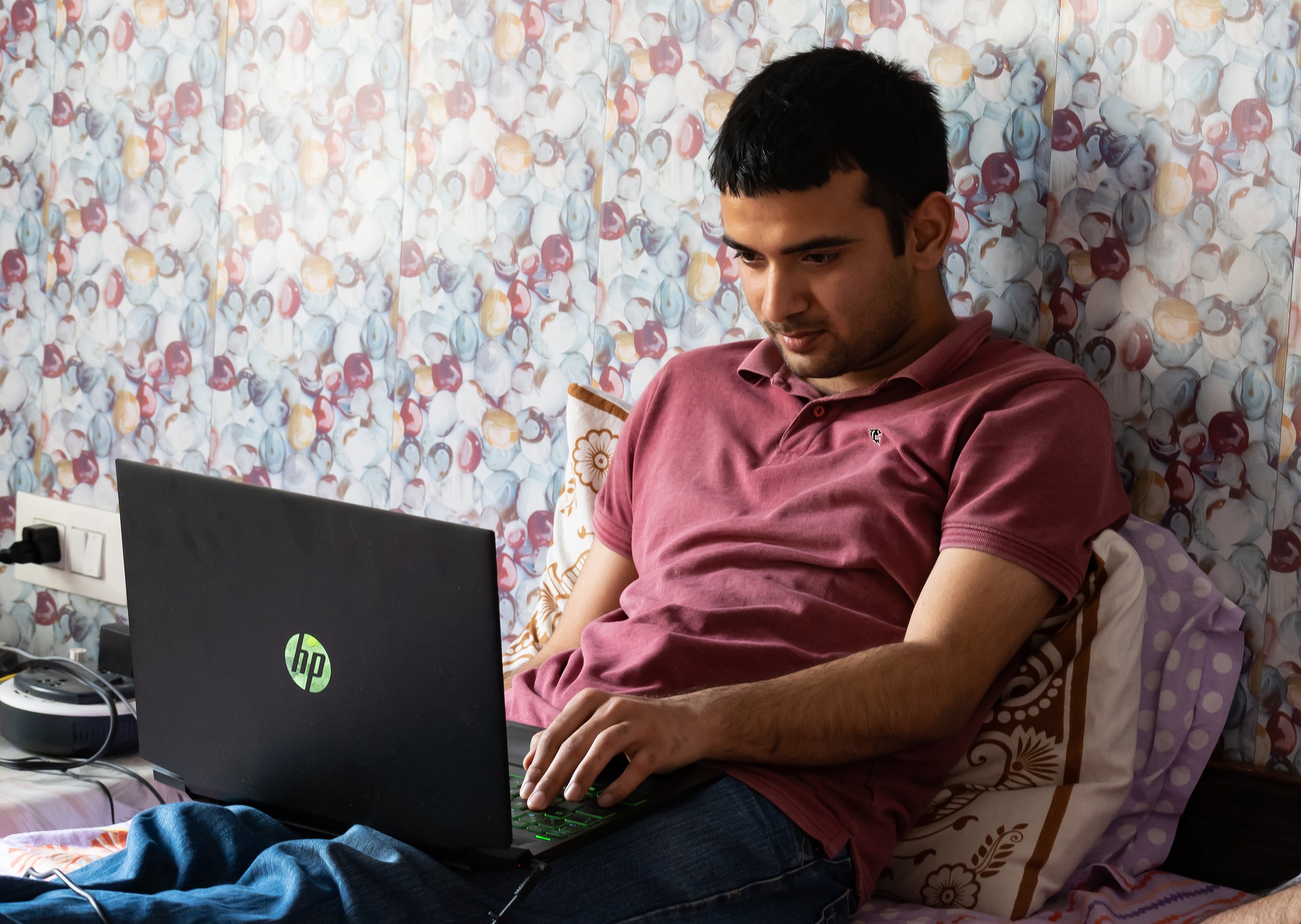5 Emerging Telemedicine Trends to Watch in 2020
Telemedicine is defined as the diagnosis and treatment of illnesses by way of telecommunications. In other words, telemedicine is any technology that enables doctors and other health providers to assist their patients through something other than face-to-face communication; i.e., by telephone, email, or some other digital medium.
Nowadays, it’s more important than ever to embrace telemedicine practices because it could result in healthcare professionals treating more patients at a lower cost. For example, getting diagnosed for an injury through a video call would prevent the need to drive to the doctor’s office or skip a day of work.
2020 looks to be a big year for telehealth technology, so take a look at some of the top trends you can expect to see this year.
More Coverage by Insurance Companies
There are two basic components to the healthcare industry: the experimental research side and the practitioner side. As new medical technologies evolve, they’re either embraced by practitioners or they’re rejected. Health insurance companies watch these interactions closely in order to determine what they should and shouldn’t cover in their healthcare plans.
Twenty-six states in the country currently have what’s called “telehealth parity laws.” These laws ensure that private health insurance companies provide the same amount of reimbursement for telehealth doctor’s visits as they do for in person doctor’s visits. At this point in time, ten other states are considering legislation that would implement the same rules into their respective state.
If you don’t already have telehealth coverage in your current health insurance plan, you’re likely to see it in the near future.

More Support From Doctors
According to an American Well survey, the use of telehealth services in physician’s offices went up 340% between 2015 and 2018. This shows that doctors, just like insurance companies, are starting to recognize the many benefits of this developing technology.
However, this survey also found that a far greater number of doctors are willing to implement telehealth technology in their office but have yet to do so. This could be due to financial reasons, but it could also be due to the technology not being useful or practical for them yet.
Better Training for Medical Students
When discussing the future of the healthcare industry, it’s important to take a look at medical students and what they’re being taught; after all, they will be leading the next generation of health services. Generally speaking, younger physicians are growing up in a more tech-savvy world, so naturally, they’ll be better equipped to deal with some of the challenges that face the telehealth industry.
What’s more, many learning institutions are now supporting a curriculum that teaches telehealth concepts, and they challenge students to come up with new uses for telehealth practices.
Rocky Vista University, located in Parker, Colorado, for example, offers a program called the Digital Health Track which “incorporates training in artificial intelligence, remote monitoring, ethics in use and application of technology, clinical informatics, telemedicine and telehealth, population health analytics, […] and much more.”
Wider Acceptance of Artificial Intelligence

If you’ve ever listened to Elon Musk or other prominent innovators, you’re likely scared to death of artificial intelligence (AI). However, in many ways, this technology is the inevitable “next step” in the evolution of digital technology. On a positive note, physicians are coming up with tons of great ways to use AI to improve and expand coverage for many patients. It will be interesting to see how AI can improve upon telemedicine practices in the near and distant future.
Improved Implementation in Medical Equipment
Not all telehealth technology will be used in physician’s offices. Medical equipment manufacturers are also playing an important roll in advancing this technology. CAIRE Inc., an oxygen company based out of Georgia, recently partnered with SynsorMed to produce one of the most advanced portable oxygen concentrators ever produced.
Released in 2019, The “Caire FreeStyle Comfort” has built-in remote patient monitoring software that allows patients to track their oxygen usage and even allows the oxygen manufacturer to remotely troubleshoot their device if it were to malfunction. By the way things are going in telemedicine, we can expect to see many new partnerships like this in 2020 and beyond.
Conclusion

Telehealth and telemedicine are interesting prospects if you want to make healthcare more accessible and affordable for patients around the world. However, we’ve only just scratched the surface of what’s possible. Follow the aforementioned trends if you want to keep up with the telehealth industry in 2020.
Sources:
1.) chironhealth.com
2.) healthcaredive.com
3.) rvu.edu/
4.) blog.lptmedical.com























